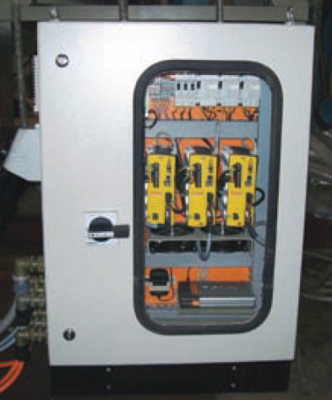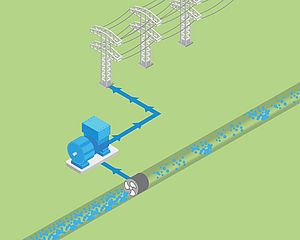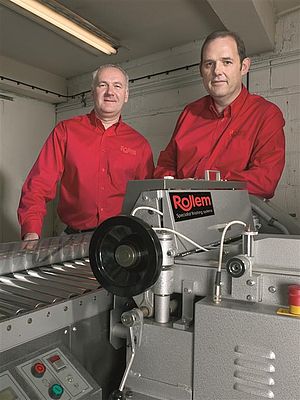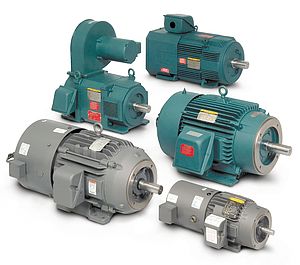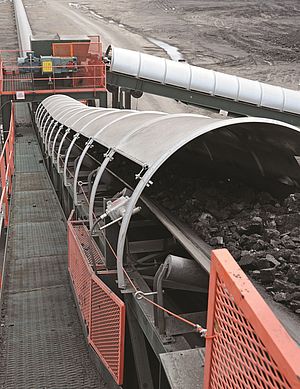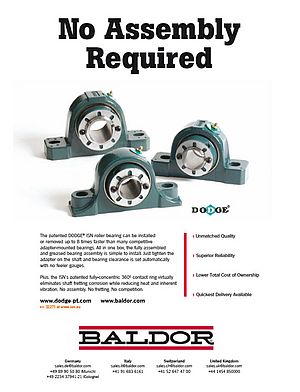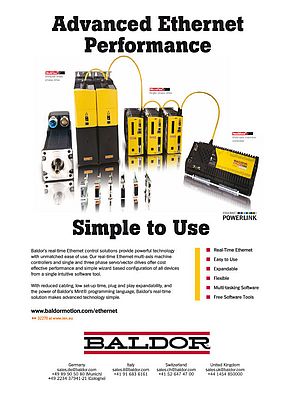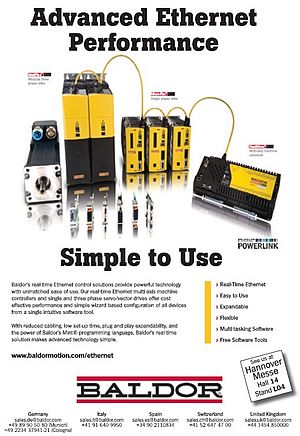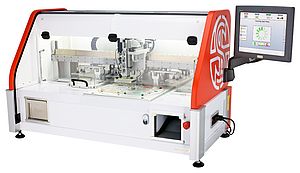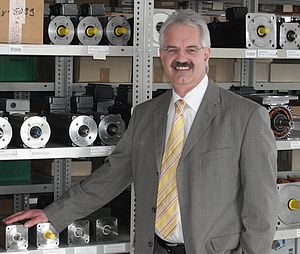TCP/IP-compatible drives foradvanced crane simulatorBased in New Delhi, India, Applied Research International (ARI) produces a comprehensive range of simulators for marine and allied applications. Its products include a wide variety of offshore, quay-side and gantry crane simulators to provide safe, cost-effective operational training for container movement and bulk handling operations. ARI’s simulators emulate the visual, behavioural and operational characteristics of their real-world counterparts to create a fully immersive environment in which the trainee can gaintrue hands-on experience. A typical crane simulator comprises a modular PC-based control system, a replica operator cabin and seat, a high fidelity audio-visual system, and an instructor station equipped with CCTV for monitoring the actions of the trainee.
When ARI decided to add an optional motion platform to its line of crane simulators, it approached Electropneumatics & Hydraulics for assistance. They specialise in the production of metalforming equipment, such as hydraulic presses and tube bending machines, and also designs and builds special-purpose machinery including different levels of automation with total indigenous content and capability.
Electropneumatics & Hydraulics chose to base the motion platform for the crane simulator on Powerlink- and Ethernet-compatible drives and servomotors. According to the company’s Technical Director, AshleyRasquinha, “Baldor’s MicroFlex e100 AC servodrives are very cost-effective for this type of application, because they can be controlled via TCP/IP direct from the simulator’s host PC, without the need for additional hardware.”
The three-axis motion platform provides X,Y and Z movement of the replica operator cabin, synchronised to the computer generated images being presented to the trainee. Since it is designed to emulate the movement of a real-life gantry crane very accurately, the platform’s drive axes are only required to handle relatively simple motion control tasks such as point-to-point moves and homing sequences, and do not require interpolation. As a consequence, the MicroFlex e100 servo drives can be used in their basic Ethernet mode, without any additional complexity of real-time control.
Each axis is driven by a BSM 3-phase servomotor equipped with an incremental encoder for position and velocity feedback, controlled by a dedicated MicroFlex e100servo drive. All three drives are housed in a separate floor-standing control cabinet, and are connected via a D-Link 10/100Mbps Ethernet switch to the simulator’shost PC.
Ashley Rasquinha also points out that the ActiveX development tools for the Mint motion control language helped to minimise programming effort. “ The tools hide the complexity of Ethernet messages and provide a simple interfaceto all the Mint programming commandsand functions; in conjunction with the excellent libraries of routines that Baldor provides, these made it very easy for us tocreate and validate all the motion control sequences. During the development ofthe motion platform, we also receivedexcellent support from Baldor ElectricIndia, which happens to be based near our manufacturing facility.” ARI’s crane simulators are proving to be extremely popular with maritime organisations worldwide, and Electropneumatics &Hydraulics has already delivered 15 motion platforms to the company, for real customers wishing to embrace the virtual world.


